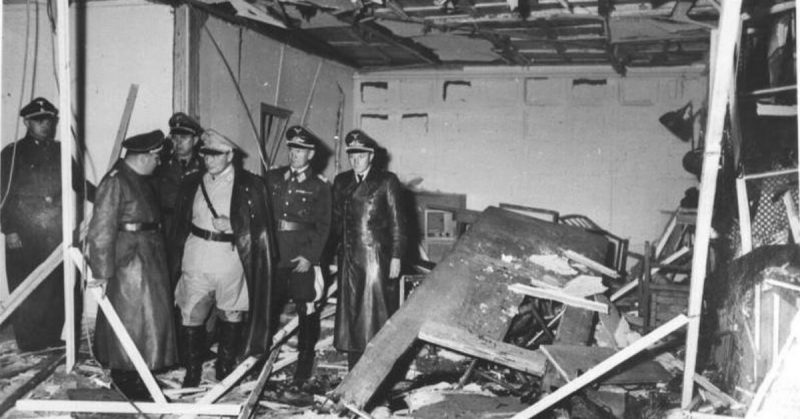The July 20th Plot to assassinate Hitler in his Eastern Prussian Headquarters, called the Wolf’s Lair, was probably the closest anyone got to really killing the dictator. Besides that, there was an elaborate coup d’etat attempt codenamed Operation Valkyrie that involved hundreds of people. In 1944, Hitler’s forces were obviously losing the war. After several turning points in the Eastern Front, which included Stalingrad, Kharkov, and Kursk, German lines were stretched too thin. It was only a matter of time before the Allies would open up a second front in Europe. Hitler, being the egomaniac that he was, regularly refused to listen to advice given to him by his staff. Even though he wasn’t a career officer, Hitler believed that his powerful rhetoric could win the war by inspiring the exhausted and shattered troops all over Europe to charge the enemy in a series of failed counter-offensives.
Dissatisfaction was in the air. A core of anti-Nazi officers existed in the Wehrmacht before the war, and that core continued to conspire against the Fuhrer, gaining more and more support. This circle of conspirators was planning a swift action that would overthrow the Nazi regime in a single blow following the death of Adolf Hitler, who was the main wheel of the Nazi death machine.
Many historians debate to this day what the reasons behind the coup were ― at first it was seen as a genuine human effort to end the slaughter of Jews and civilians, but some suspect that the plotters had a “selective morality”, and that the prevention of further genocide didn’t include the civilian casualties in Poland, Ukraine, Belarus, and Russia. In fact, it was later determined that some of the leading figures of the plot wanted Poland to be annexed completely by the new German regime. For example, Christian Gerlach, a Swiss historian, believes that the reasons behind the plot were strictly military, with a purpose of avoiding complete annihilation by signing a peace treaty with the Allies, or perhaps even employing strategies that could turn the war tide for the Germans. These claims remain an object of debate, but one thing is certain ― all plotters were joined around the idea that Hitler must die so that a new Germany could be born.
Ludwig Beck
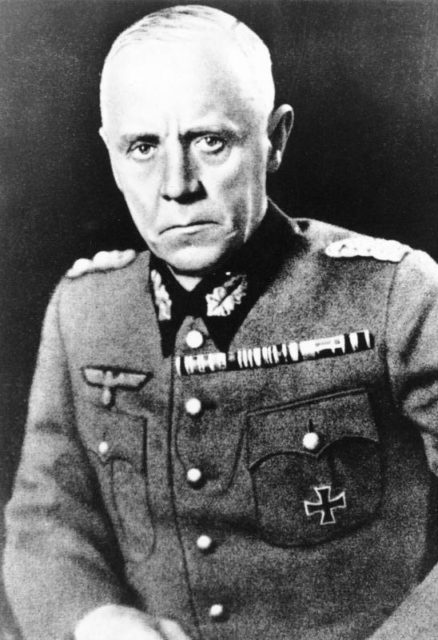
Colonel General Beck was a well-known adversary to Adolf Hitler in the pre-war years, fighting against the creation of the dictatorship by demanding that the power of the SS be reduced. Since Hitler managed to push him out with the support of the leading generals, he fell into obscurity and retired. Beck began to surround himself with like-minded individuals and made plans for overthrowing the government several times.
His Berlin apartment became the headquarters of a circle that would later be largely involved in the July 20th coup. Beck was certainly the motor of the movement, with his connections to the Allies and the Vatican, established during his earlier attempts to lead a putsch. He was to be the head of the provisional government that was to be established in case the coup against Hitler was successful. Rommel offered his support to the coup only if Beck was to serve as head of state. Since the coup failed disastrously, Ludwig Beck was offered to commit an honorary suicide by the Commander of the Replacement Army, Friedrich Fromm, who was a silent conspirator. Beck accepted. Fromm was executed soon afterward for cowardice since he withheld information from the Nazi Party about the coup for his own gain.
Carl Friedrich Goerdeler
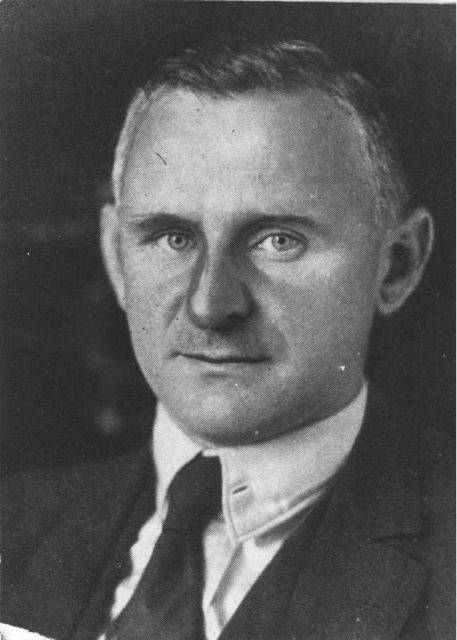
Like Beck, Goerdler was also a known opponent of Hitler before the war, who participated in several intelligence affairs and kept in communication with the Allies through contacts in Switzerland. Even though he was a nationalist-conservative, supporting Hitler’s territorial claims in Poland, he proved to be a more moderate option and enjoyed some respect by the British. Nevertheless, when the war started, he fell out of favor of the British and began to rally like-minded officers, diplomats, and respective figures in Germany.
Together with Beck and Von Stauffenberg, Goerdeler represented the driving force behind the coup. He was to assume the role of Chancellor in case the overthrowing of the Nazi regime was successful. Since the coup failed, Goerdeler was sentenced to death for high treason and hung.
Friedrich Olbricht
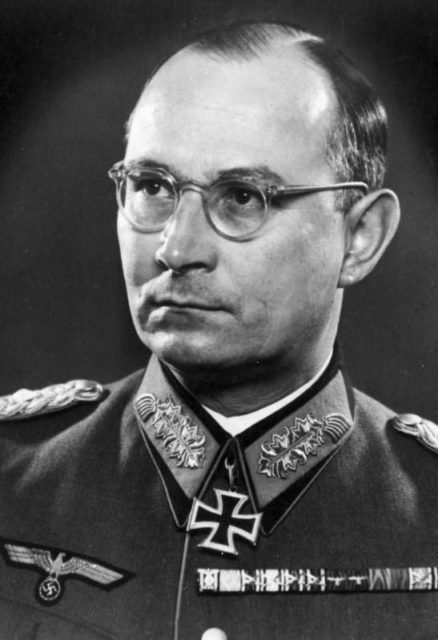
The two men listed previously were political figures important for the post-coup government. The men that planned the assassination were members of the Wehrmacht who used their position to gather intelligence, recruit officers and logistically support the operation. General Friedrich Olbricht was a well-noted figure within the German Army who devised the plan for Operation Valkyrie. The operation was actually based on the existing emergency plan that was to be put in effect in case someone tried to overthrow the government. Olbricht, together with Stauffenberg, managed to slip in some changes that authorized him as a General of the Replacement Army to arrest all suspects, including the SS and Nazi Party members. The Replacement Army had jurisdiction over all troops in Berlin and was thus the first option in dealing with a potential rebellion.
So the plan was to initiate the coup and then blame the Party for it, causing confusion among the people. Once they convinced everyone that a power struggle had taken place within the Nazi Party, they would assume control over Germany. Hitler himself relied on the plan and approved all changes made by Olbricht and Stauffenberg without reading the document. Olbricht was one of the first to be executed after Operation Valkyrie failed.
Erwin von Witzleben
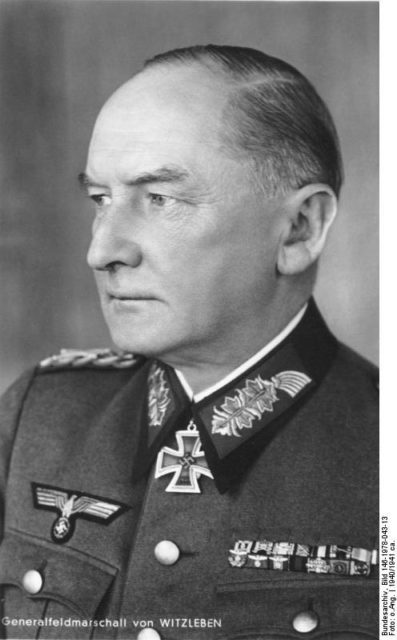
This Prussian aristocrat, a descendant of many successful officers, was seen by the plotters as a key element ― being the highest ranking officer involved (General Field Marshall) Von Witzleben was to be the Supreme Commander of Wehrmacht in the new regime.
After the attempt on Hitler’s life, he arrived in late to Berlin, missing his chance to lead the Army during a coup. He retreated to his country estate and was arrested the following morning. Erwin von Witzleben was expelled from the Wehrmacht so he could be trialed by a Nazi tribunal called the People’s Court. After he was sentenced to death, he stated:
“You may hand us over to the executioner, but in three months’ time, the disgusted and harried people will bring you to book and drag you alive through the dirt in the streets!”
Von Witzleben also decided to give the Nazi salute to the court, which remains a controversial decision to this date, for it was unknown whether the salute was an act of regret or defiance.
Henning Von Tresckow
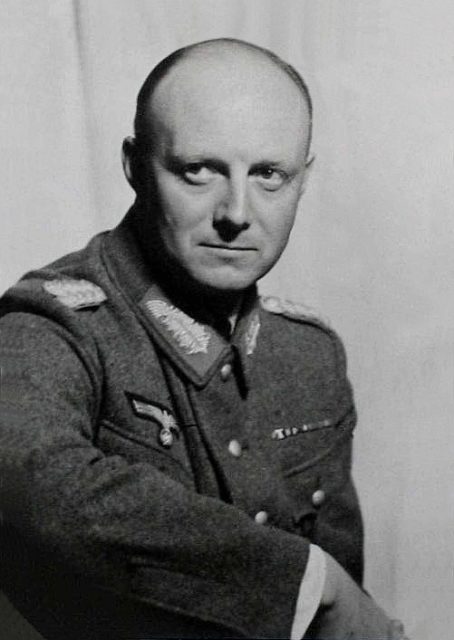
Von Tresckow was a man behind several failed attempts on Hitler’s life, but somehow always managed to avoid detection. He was a General stationed on the Eastern Front and witnessed first-hand the atrocities of the SS. He was an opponent of Hitler and his utter disrespect for rules of warfare and diplomacy. Von Tresckow was an inspiring figure in the movement who participated in rewriting the Valkyrie plan together with Olbricht and Stauffenberg. His influence within the Wehrmacht guaranteed a flow of recruits who were willing to risk everything to stop the Nazi war machine.
Since he was often suspected to be an anti-state element by the Gestapo, Von Tresckow was transferred back to the front after spending some time in Berlin, time which he used to organize the coup. When the assassination attempt and the coup d’etat failed he committed suicide, for he was convinced that there was no way of covering his tracks this time. Even though he didn’t partake in the putsch itself, his contribution to the organization was invaluable.
Claus von Stauffenberg
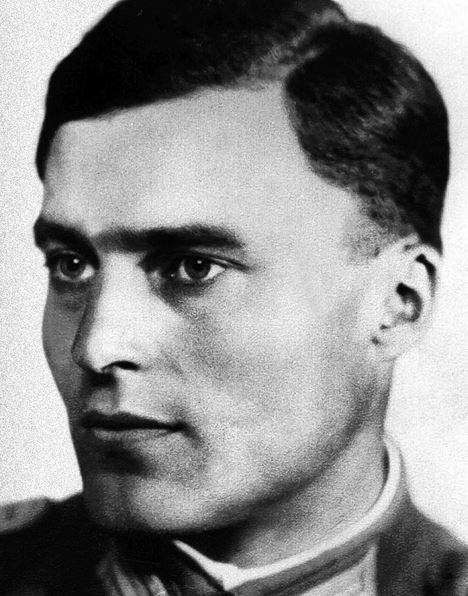
The key member of the conspiracy was the man who personally delivered the bomb intended to kill Hitler. Claus von Stauffenberg was recruited in the resistance by his uncle, Nikolaus von Üxküll-Gyllenband, who was close to the members of the leading circle of plotters such as Beck and Goerdler. Disillusioned with the war and the way Hitler was running it, he became the most radical element of the group. Some plotters saw the assassination as a suicide mission with no chance of success, but Stauffenberg insisted on precise and elaborate planning that would put an end to the Nazi regime in Germany by beheading its leader.
The real driving force of the organization, he followed through the entire operation ― from rewriting the plan for Valkyrie (which he took full responsibility for signing) to the assassination attempt in the Wolf’s Lair and coordination of the coup from Berlin. He worked tirelessly to attain control of the districts in Berlin one by one. It was also vital to seize power by carrying out the directives of Operation Valkyrie in Paris and Prague. The man who planted the bomb was the last one to give up, nevertheless, when Hitler addressed the nation through a radio transmission, confirming that he was alive, it all fell apart.
Epilogue
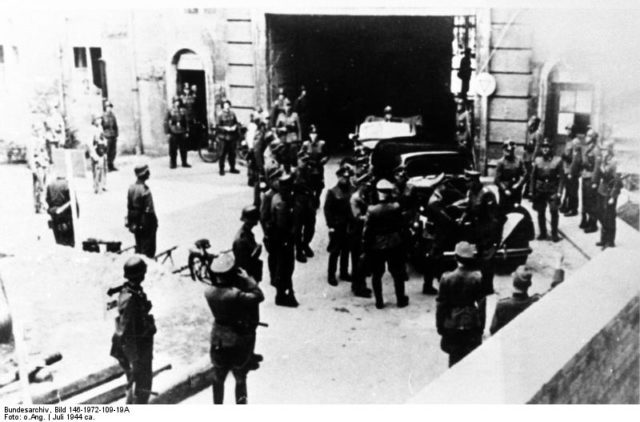
Hitler seized the opportunity to deal with all of those who opposed him, not only the men and women involved in Operation Valkyrie plot. There were more than 7,000 arrests made, with 4,980 people executed. Among those executed were three field marshals, nineteen generals, twenty-six colonels, two ambassadors, seven diplomats, one minister, three secretaries of state, as well as the head of the Berlin police. He replaced all these people with the men most loyal to the Party, but the war was lost anyway. This last great purge only confirmed Hitler’s insatiable appetite for power and violence. It was also the final warning to anyone who dared to betray him in the future.
